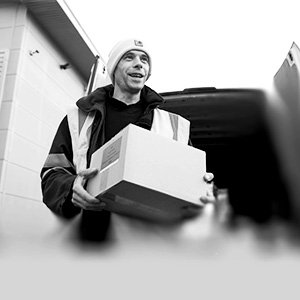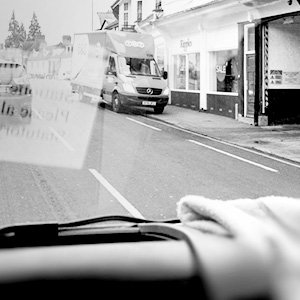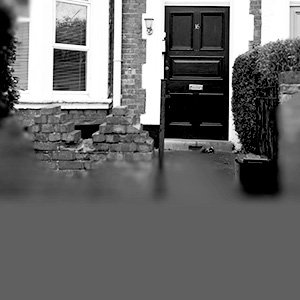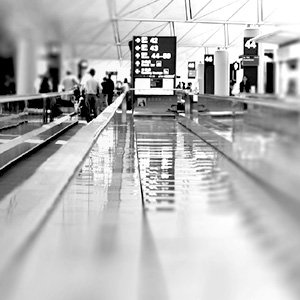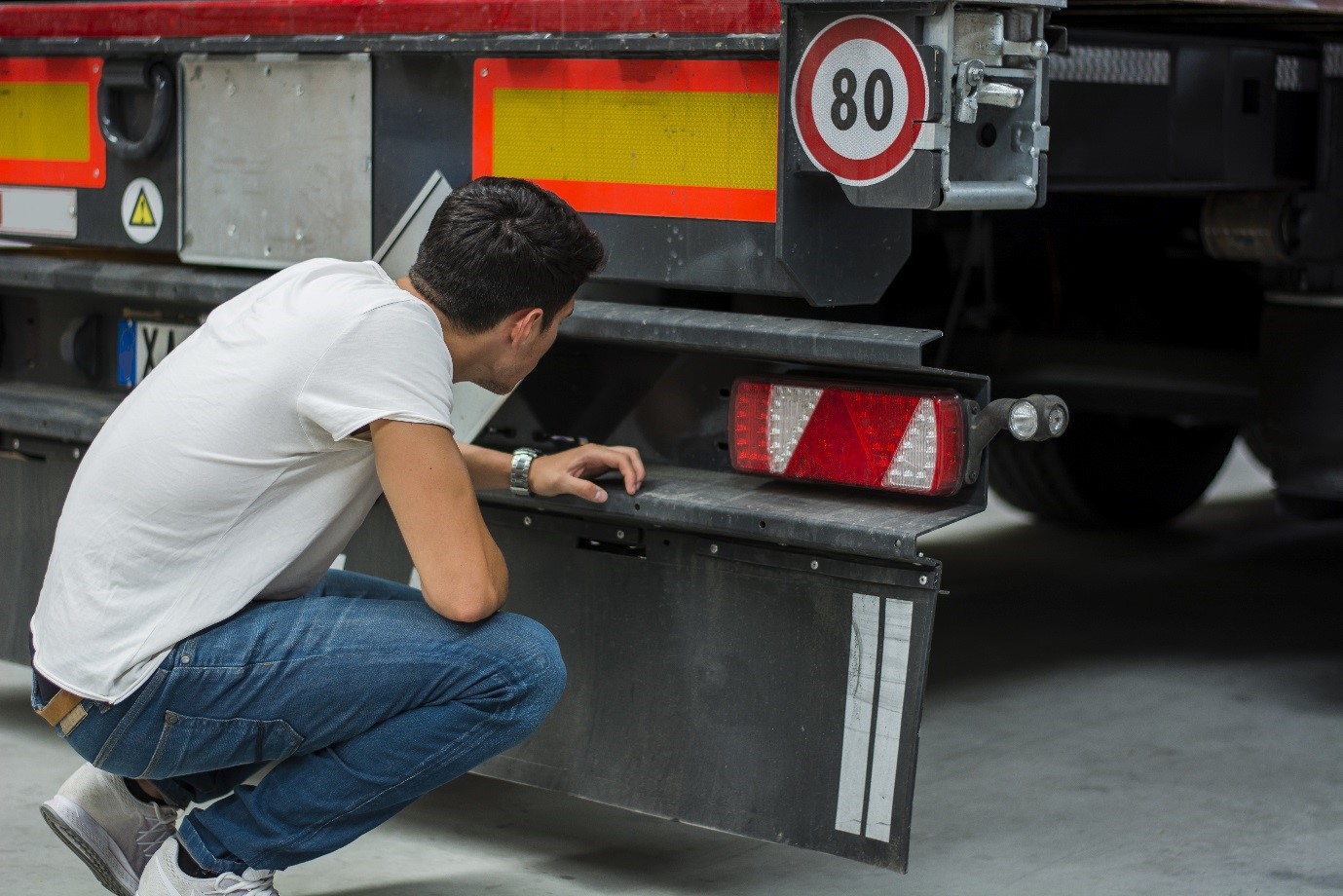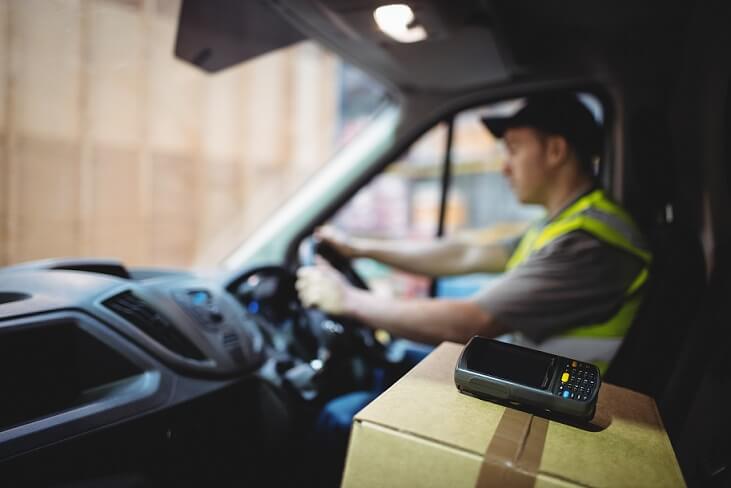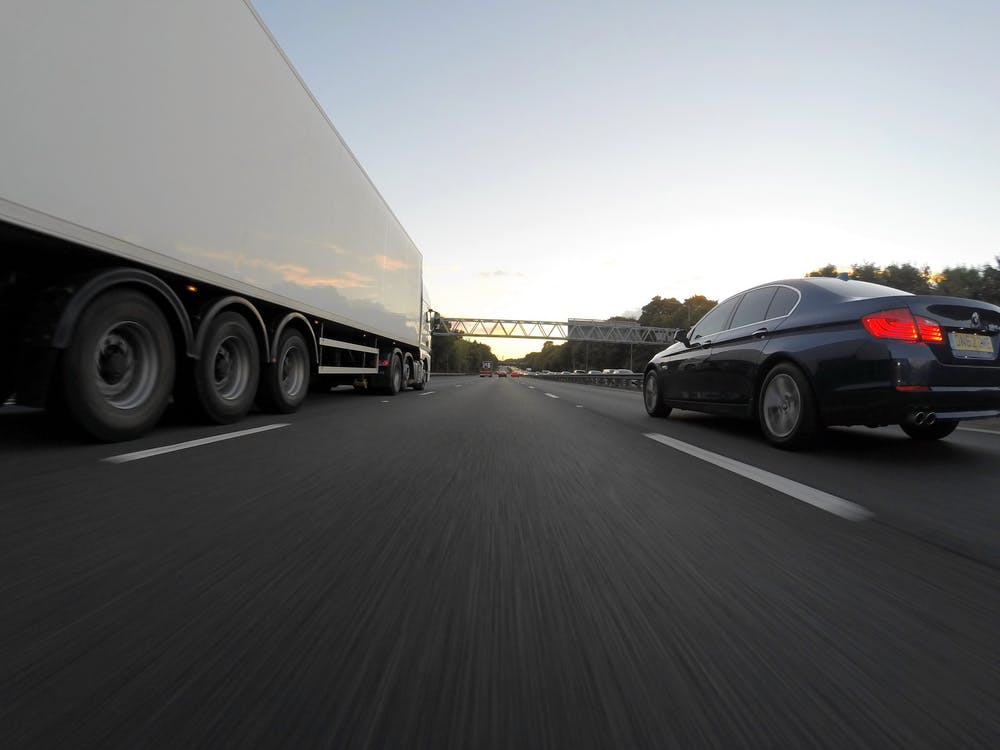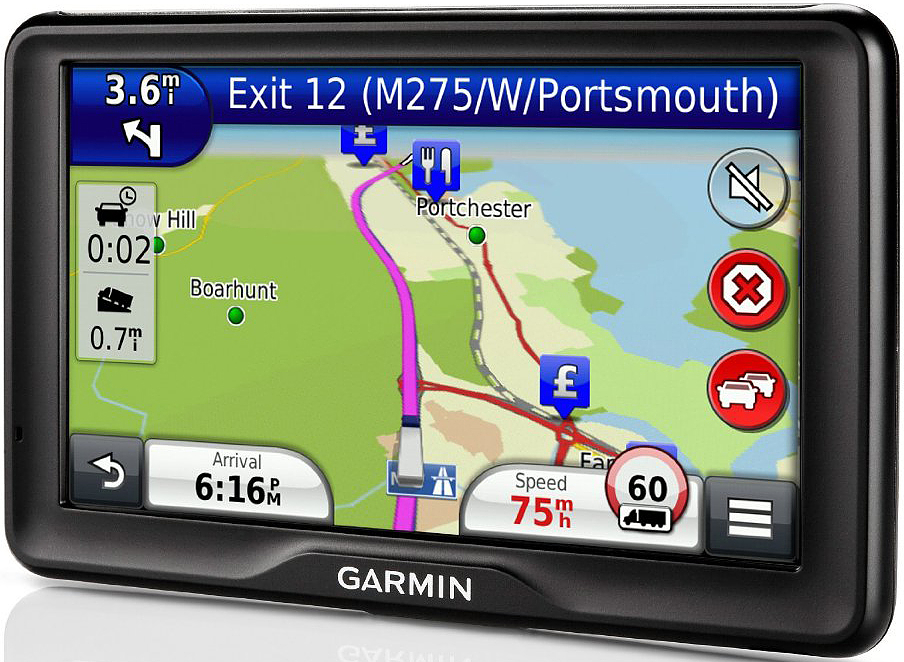Sometimes it’s easy to forget that you’re in control of a hugely powerful machine and not just simply transporting goods. As an HGV driver, you have a lot of responsibility, not only to make sure you’re driving safely but also to ensure the vehicle you’re driving is safe to be driven. As HGV insurance specialists, we’ve put together the essential observations that you need to undertake before you hit the road.
What walkaround checks should you be making?
A lot of the walk-around checks can affect other road users, and it is your legal responsibility to check that the vehicle is in good condition. You should give yourself a good 10-20 minutes prior to driving to ensure the vehicle is in safe condition to drive. Here’s what you should be checking:
- On approach of the vehicle, ensure it’s rested evenly either side and isn’t lopsided.
- Let there be light – test your lights and indicators, and ensure the lenses are clear.
- Look down under – whilst the engine’s running, check for any fuel leaks and tighten the fuel cap.
- Security! – check that the vehicle is correctly and securely coupled to the load.
- Battery – lookout for any leakages and ensure the battery is held securely.
- Don’t wing it – check that everything is fastened, and cab doors are secure. Ensure there aren’t any loose body panels or landing legs.
- Stop the spray – clean out the spray suppression flaps and ensure they’re securely fitted.
- Check the tyres and wheels – the tread depth of the tyres should be at least 1mm and sufficiently inflated. Inspect for cuts in the sidewall and secure the wheel nuts.
- Reflectors – examine that they’re the right colour and in full working order.
- Licence plate – this should be clearly displayed and free of debris. Unclear licence plates could land you a fine of up to £1000.
- On your marks – fasten the marker boards securely and check if you have the right type.
- Secure the load and ensure any container has a secondary locking device fitted.
- Hold the line – check that there are no leakages from the brake lines and no bulging, kinking, corrosion or stretching and clear them of any debris.
- Electrical connections – make sure all electrical connections and wiring are in the correct position to avoid chaffing.
What in-cab checks should you be making?
So, this is where you’ll spend most of your time and for this reason you’d better make it comfortable and more importantly, safe. Before you begin driving, you should make sure your seat is correctly adjusted, that you put your seat belt on, and that you can reach the driving controls comfortably. Here’s the other in-cab checks you should be making:
- Check your mirrors and windows – if you can’t see your gleaming reflection, they probably need cleaning.
- Instruments – make sure that all your instruments in the cab are working, including: gauges, warning devices, windscreen wipers and ABS warning lights.
- Steering – make sure the wheel is not jammed an in full working order.
- Make some noise – Check that your horn is working, there’s only one way to do it.
- Brakes – make sure they work as well as the brake lines.
Once you’ve completed your external and internal checks you’re good to go, and you’ll have that peace of mind knowing that your vehicle is legally safe and that you’ll be correctly covered if something was to go wrong on the road. In some cases, drivers have received up to a £5000 fine for not checking their vehicle, so it really does pay to do the walkaround!
Have you ever found any issues when carrying out your walkaround checks? Let us know on our Facebook and Twitter pages.
